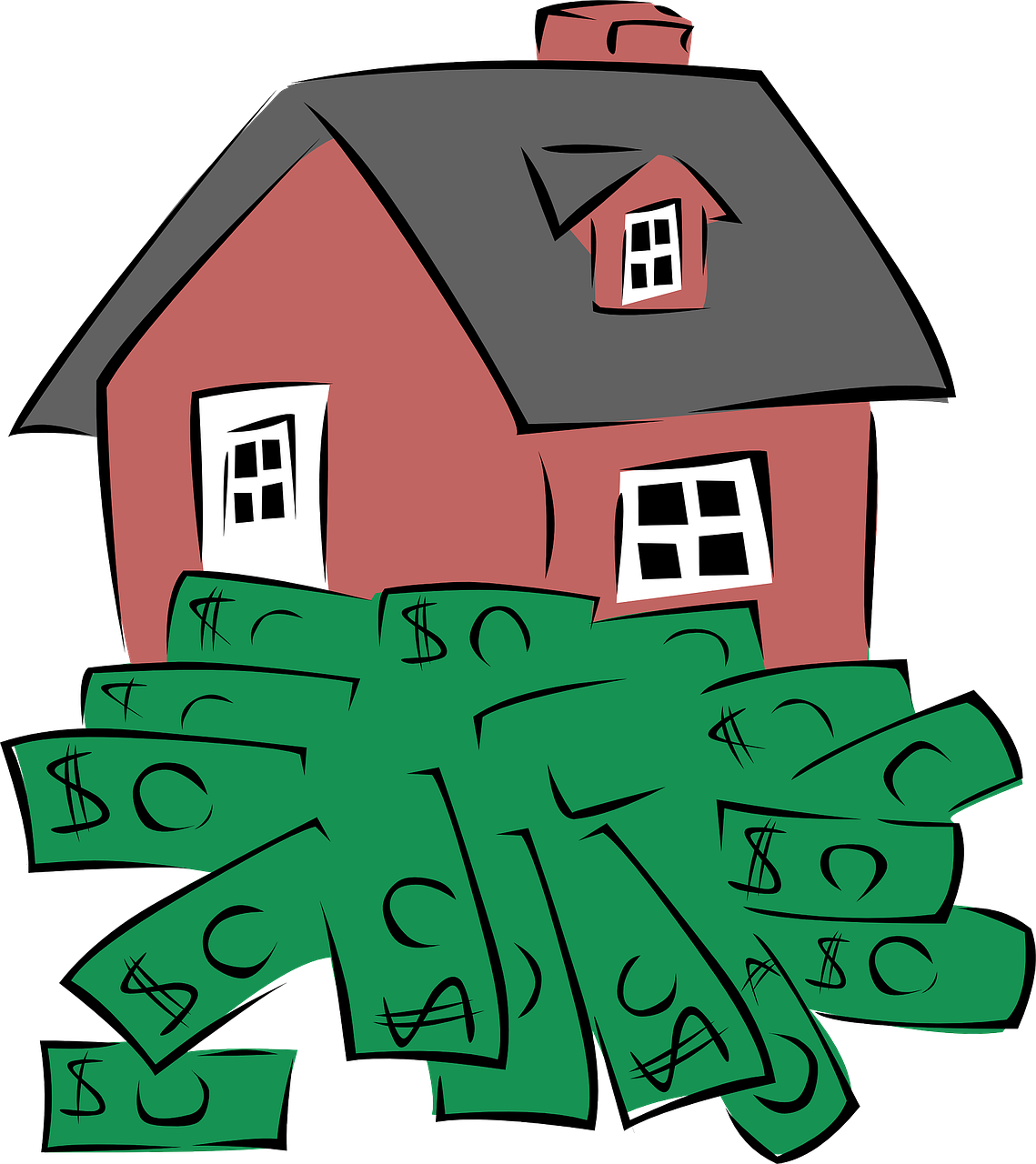Strange as it may seem, the less you put down on a house, the lower your interest rates will be. However, this may not always be of benefit to the borrower.

For example, in late August a borrower putting $80,000 on a $400,000 purchase, with a good credit score, around 720, would have qualified for a 4.875 rate on a 30-year fixed mortgage. The same rate was offered to borrowers only putting 5% down. And those who put down 25% got an even higher rate, 5.375%. Why?
Fannie Mae and Freddie Mac (the government-controlled bodies that establish the underwriting rules for most of the country’s loans) consider those who put down 20-25% as high-risk because they are not required to carry private mortgage insurance (PMI). With a higher down payment, the interest rates go down, as the borrower is less likely to walk from the house.
Loans covered by PMI basically removes the risk of foreclosure on the lenders.
Putting down less gives those who might otherwise feel stretched a cushion for emergencies and when they have reached the 20% equity mark the PMI will no longer be required.
The monthly payments will be more for the person who puts down less will be more than the person with a higher down payment. Example: 25% down on a $400,000 house will require payments of $1,6870 a month. 15% down means payments of $1,906 – $1,799 in principle and interest and $107 in PMI. The PMI is tax deductible, so depending on the borrower’s financial status, the net mortgage cost could be less.
Opting for the lower down payment, thinking that the PMI payments will eventually end is a risky prospect. With the market the way it is, some lenders are not releasing borrowers from carrying the insurance. So, it is probably better to put down more and build on the equity.
In either case, a nest egg of nine months mortgage payments is recommended.
| Need Help? Have questions? Fill out the CONTACT FORM or call Jane at 310-351-9208 |
